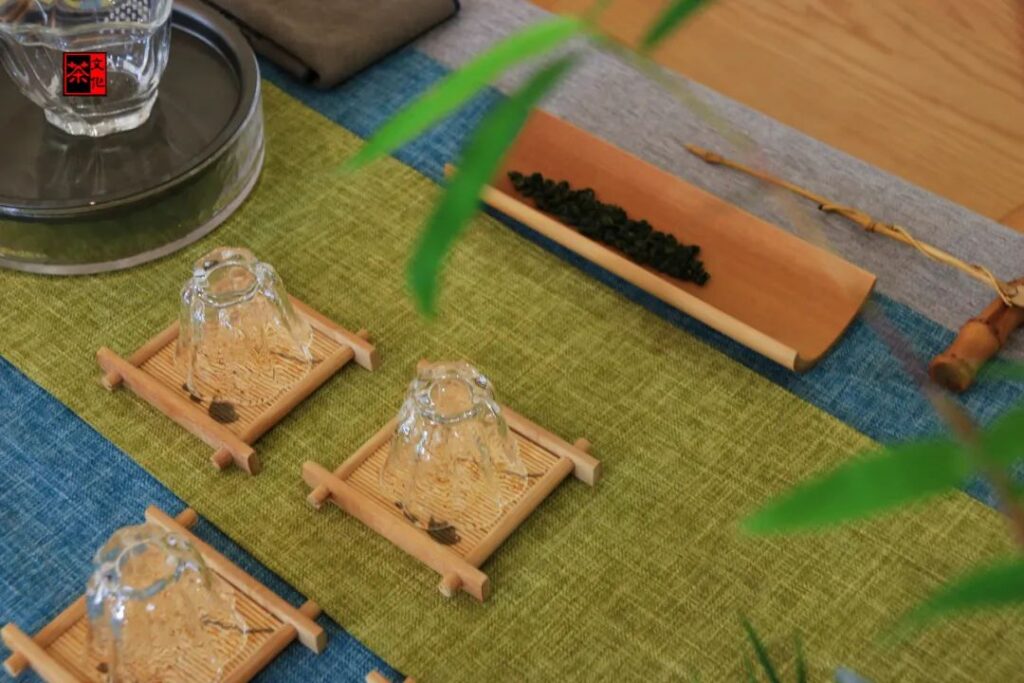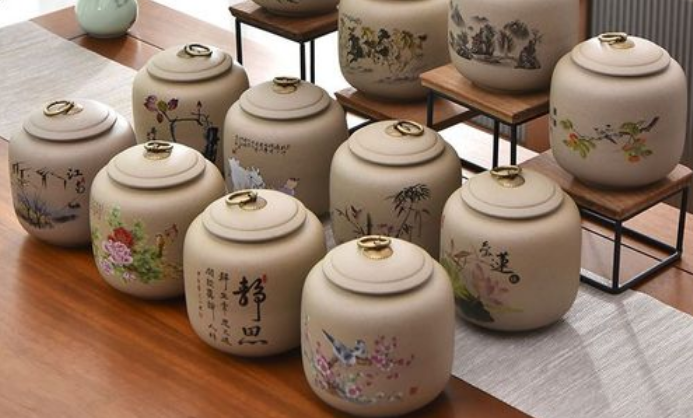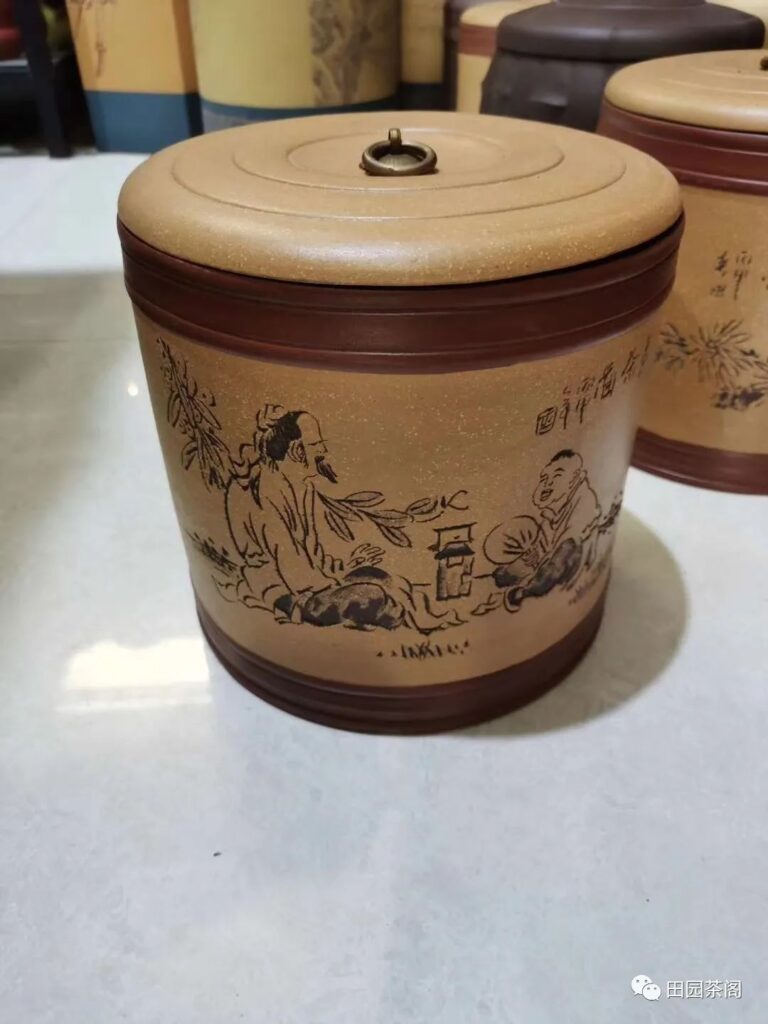Over five thousand years ago, from Shen Nong’s discovery of tea as a cure for ‘seventy-two poisons’ to Lu Yu’s definition of tea as ‘the fine tree of the south’ in his ‘Classic of Tea’, tea has always been an integral part of people’s lives. However, when it comes to drinking and using tea, one must face the issue of preservation. We know that storing tea should avoid high temperatures, odors, humidity, and oxygen.
For modern people, even with high technology, preserving some teas that are prone to spoilage requires great care. Improper storage can lead to the spoilage of tea at home, wasting a can of tea, which is very distressing. Ancient people did not have the advantages of refrigerators and desiccants like we do today. So, under harsh conditions and a lack of tools, how did they store tea? After reading this, you will surely be amazed by the wisdom of the ancients.1. Tang Dynasty People Used Pottery and Silk to Store Tea According to Han Xuan’s ‘The Records of the Imperial Secretariat’ from the Tang Dynasty: ‘Stored in pottery to prevent heat and humidity.’ This indicates that the Tang Dynasty used ceramics, also known as ‘tea bottles,’ to store tea. These bottles had a ’rounded belly, flat bottom, and a rectangular neck with a flat mouth.’ They were generally used to hold loose tea or powdered tea. The nobility preferred to use high-quality silk to store tea, often sewing a tea bag with a lining to facilitate storage, or wrapping tea cakes layer by layer for later use.
2. Song Dynasty People Used Tea Cages to Store Tea Zhao Xi He in the ‘Tiao Xie Lei Bian’ from the Song Dynasty mentioned: ‘The method of storing tea, ten pounds per bottle, every year burn straw ash into a large barrel, place the tea bottles in the barrel, fill the barrel with ash around the bottles, and cover the bottles with ash. When using, remove the ash to open the bottle, take a small amount of tea, and then cover it with ash again. ‘ They first placed tea into bottles, measuring ten pounds each; then burned a large amount of straw into ash annually, filling it into barrels; placed the tea bottles in the barrels, surrounded and buried by straw ash; when drinking, remove the ash to open the bottle, take a small amount of tea, and then maintain the original state. The straw ash played a role in removing moisture and preventing dampness, ensuring good preservation of the tea. 3. Ming Dynasty People Used Pottery Bottles for Tea Storage Wang Xiang Jin in the ‘Qun Fang Pu’ from the Ming Dynasty summarized the preservation and storage of tea in three sentences: ‘Likes warmth and dryness but dislikes cold and dampness, prefers coolness but dislikes steaminess, and should be stored alone to avoid odors.’ This means that tea should be kept dry, away from direct sunlight, and free from odors. Additionally, the Ming Dynasty invented a method of storing tea with bamboo leaves, also known as the pottery bottle storage method, which could store tens of pounds of tea at a time. First, dry bamboo leaves were woven into circular bamboo slices and layered at the bottom of the pottery bottle; then the bamboo slices were filled with tea, followed by several layers of bamboo leaves, and finally, Xuan paper was folded into six or seven layers, dried by fire, and tied at the mouth of the bottle; finally, a square thick white wooden board was pressed on top to fully isolate moisture.Storing different varieties of tea in the same container is called “Pinsi”. Although this storage procedure is rather cumbersome, it can store dozens of catties of tea at the same time, and the quality is quite guaranteed.
It seems that the ancient people’s preservation of tea has long exceeded our limited imagination. Although the technology and conditions in ancient times may seem a bit backward compared with modern times, just from the methods of tea storage by the ancients, we can see their deep love for tea. The procedures are cumbersome but meticulous. Nowadays, people don’t need to use such cumbersome steps to store tea, but they can’t be too casual either. At least, four points should be noted: avoid strange odors, avoid moisture, avoid oxygen, and avoid high temperatures. Only in this way can the tea you like be protected from the ravages of time and achieve the best taste for enjoyment.


